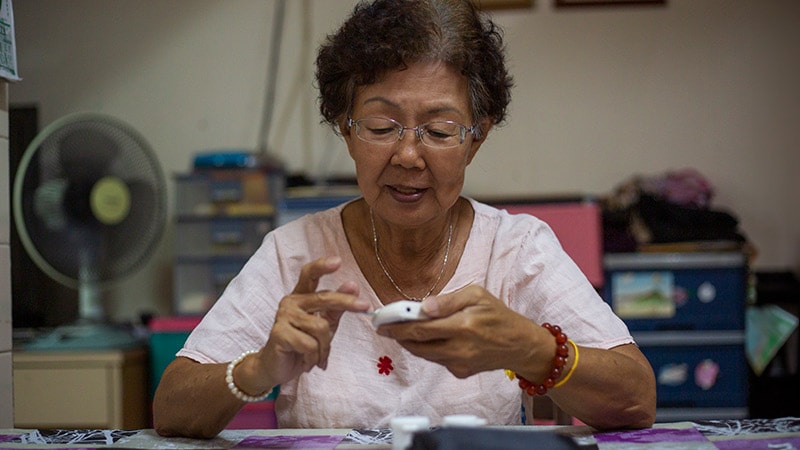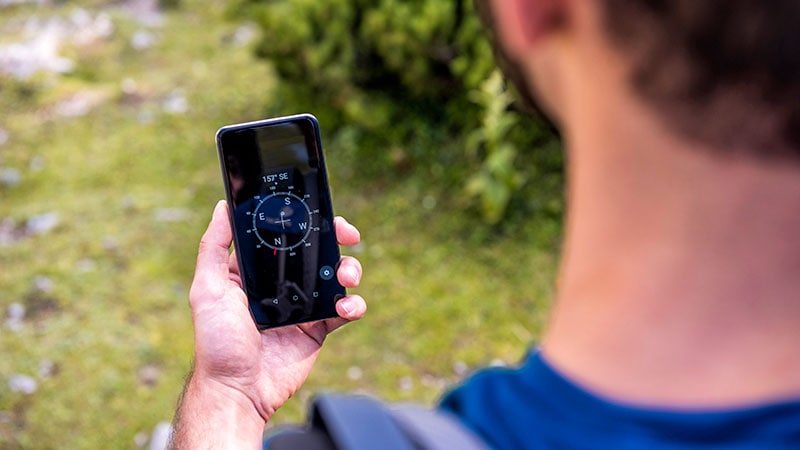Takeaway
- Nationwide unrestricted reimbursement of intermittently scanned continuous glucose monitoring (isCGM; Abbott FreeStyle Libre) in specialist-treated people with type 1 diabetes (T1D) improved some outcomes.
Why this matters
- Successful T1D management requires close blood glucose self-monitoring.
Study design
- Prospective, observational study of 1913 adults with T1D using isCGM, with 12-month data for 1711 individuals.
- Funding: Not funded by Abbott, but the majority of authors have disclosures with Abbott and other diabetes product manufacturers.
Key results
- Diabetes Treatment Satisfaction Questionnaire scores significantly increased from 28.0 at baseline to 30.4 at 12 months (P<.0001), with 95% agreeing that isCGM was more convenient than fingersticks.
- Number of patients admitted to emergency room/hospital because of hypoglycemia and/or ketoacidosis decreased from 3.3% in the previous year to 2.2% during the study (P=.031).
- Percentage of time in level 1 (54-69 mg/dL) and level 2 (<54 mg/dL) hypoglycemia dropped from 5.1% and 4.0% in the first 2 weeks, respectively, to 4.5% and 3.5% at 12 months (P<.0001).
- Significant decreases were seen in people reporting needing help with hypoglycemia (P<.0001) and work absenteeism (P<.0001).
- However, the proportion achieving HbA1c <7% decreased from 20.8% to 18.3% (P=.010).
Limitations
- Severe hypoglycemic events based on recall.
- No baseline blinded measuring period.
- May not extrapolate beyond diabetes specialty settings.
References
References



